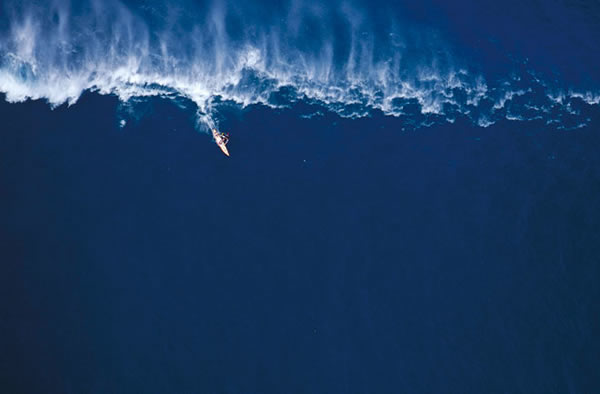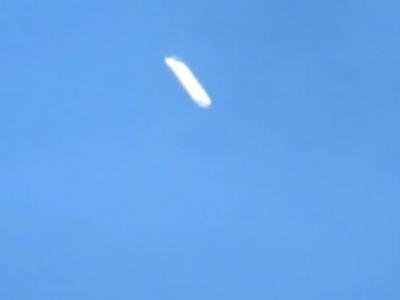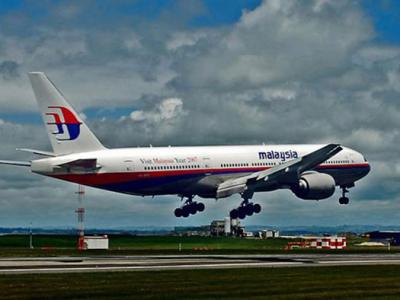How to Measure a 111-Foot Wave
How to Measure a 111-Foot Wave
When you are trying to catch an 11-story-high wall of water moving at highway speeds, you can’t exactly use a measuring tape to check the wave’s height.
For years now photos have been used to estimate the heights of waves, along with some interesting formulas to predict the heights that come from researchers in Hawaii.
The rule of thumb has been that a wave’s breaking height, the height of its landward face just before it breaks, is twice that of its open ocean height, according to NOAA wave and wind forecaster Scott Stripling, with whom I was talking with on Jan. 30.
The reason I was discussing this with Stripling was that on that same day researchers in Portugal announced that surfer Garret McNamara had ridden a wave they calculated to have been 111.5 feet tall (34 meters) near the Portuguese town of Nazaré on Jan. 28. If that measurements is correct, McNamara will have set a new world record.
According to surf-lore, the 2-to-1 size rule came from Hawaii in the 1970s, possibly as an attempt to intimidate the many Californian surfers coming to the islands and crowding surf spots. In other words, the rule was not based on any science and it needed to be verified – particularly for waves taller than 12 feet.
“This 2 to 1 ratio of breaking wave height (face) to swell has been a general standard since that time, and probably few outside the field of wave forecasting know of Pat Caldwell’s study,” Stripling told me.
Stripling was referring to a 2007 study by NOAA’s Patrick Caldwell and the University of Hawaii’s Jerome Aucan that resulted in a paper in 2007 in the Journal of Coastal Research.
The two ocean scientists used buoys to measure open ocean swells and photographs to measure the breaking heights of waves from those same swells on the north shore of Oahu. When they were done gathering and analyzing the data, they discovered that the big wave faces were more like 1.6 or 1.8 times the height of the open ocean swells, while smaller breaking waves were twice or even a bit larger than their swells.
Images were also used to measure McNamara’s wave in Nazaré. And like in the Oahu study, images need a real surfer in the shot, or something else of known height to provide scale. Then it’s a matter choosing an image shot from the least distorted perspective and measuring the wave with a ruler.
The flip side to all this is that now when waves are detected at sea by buoys, forecasters are that much better at projecting how big they may break.
Whether that scares away surfers or brings them running, well, that depends on the surfers.
Feb 1, 2013 08:39 AM ET by Larry O'Hanlon












